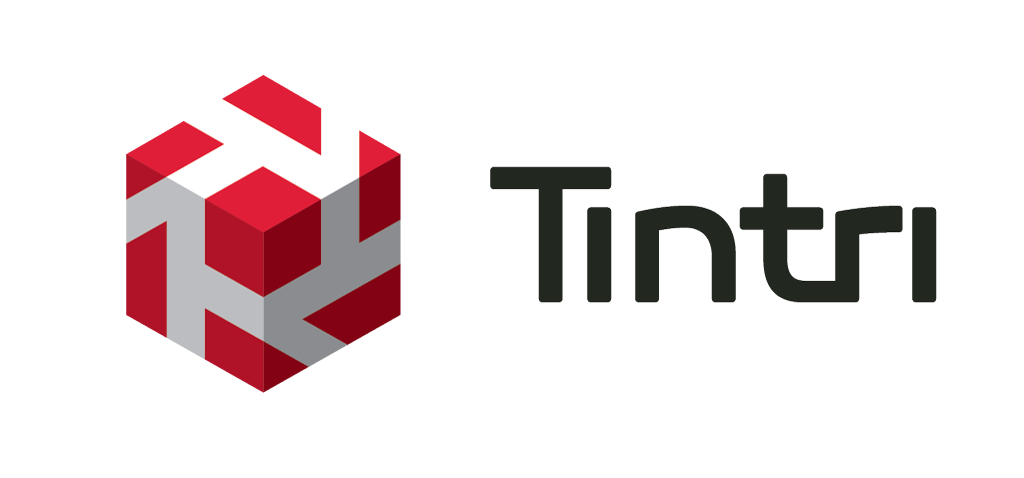Tintri Global Center
Having an end-to-end view into the performance of individual VMs can be tremendously helpful in virtualized environments. This chapter discusses the challenges IT faces in pinpointing performance issues and how Tintri VMstore and Tintri Global Center deliver deep insight in to utilization and performance, helping IT detect trends and enhance troubleshooting.
Administrators can detect trends with data from VMstore and individual VMs, all without the added complexity of installing and maintaining separate software. This built-in insight can reduce costs and simplify planning activities, especially around virtualizing IO-intensive critical applications and end-user desktops.
To handle monitoring and reporting across multiple VMstore systems, Tintri created Tintri Global Center (TGC). Built on a solid architectural foundation capable of supporting more than one million VMs, Tintri Global Center is an intuitive, centralized control platform that lets administrators monitor and administer multiple, geographically distributed VMstore systems as one. IT administrators can view and create summary reports across all or a group of VMstore systems, with in-depth information on storage performance (IOPS, latency, throughput), capacity, vCenter clusters, host status, protection status and more (Figure 72).

Figure 72: Tintri Global Center extends deep insight across multiple geographically distributed VMstore systems and their resident VMs.
In addition to summary information presented at a glance, Tintri Global Center also provides the ability to filter and display results, including by individual VMstore systems and specific VMs, for easy troubleshooting.
TGC is an intelligent control platform that enables multiple Tintri VMstore systems to seamlessly function as one. TGC is built on an architectural foundation that is capable of supporting a maximum of 112,000 VMs on 32 VMstores running Tintri OS 3.0 or later, and retaining 30 days of historical data from all systems.
TGC provides centralized administration, scalable VM control and consolidated reporting. TGC enables IT teams to easily build out large deployments of Tintri VMstore systems to support virtualized environments without the complexity of traditional storage.
(TGC can run without a Tintri VMstore license and manage up to four VMstores for a 30-day evaluation period. After 20 days, a UI notification will display the number of days left for evaluation and an alert will indicate the end of the evaluation period. At the end of the evaluation, TGC will stop collecting VMstore information if no valid VMstore licenses are present.)
Use Figure 73 to size the TGC host, based on the number of VMs and VMstores in your cluster.

Figure 73. Guide to sizing Tintri Global Center.
Protection and QoS policies (snapshot schedules and replication) are controlled through policy management, and can be applied in bulk to all members of a service group.When a VM is moved between VMstores, its protection policy will follow it. If a VM policy is changed in the VMstore UI instead of TGC, the policy management setting is applied.
VM Policies and Service Groups
TGC allows you to manage VM policies at scale by setting policies through dynamic service groups spanning multiple VMstores, data centers, locations or hypervisors types.
TGC also reduces operational management tasks by making VM protection and replication policies vMotion resilient. Service groups allow you to dynamically group VMs based on rule, hypervisor path or naming patterns. VMs in service groups can reside across multiple VMstores, locations or hypervisor types. A VM can only be a member of a single service group.
In the case of a VM matching multiple service group rules, the last service group will take precedent in lexicographical order. Policy set at the service group level will be maintained in case of vMotion to another VMstore. Protection and replication policy can be set at the group level.
Service groups are logical groupings that can be created using:
- Hypervisor path (vCenter and folder in vCenter / RHEV manager and RHEV cluster / HyperV)
- Naming pattern
- VMs across multiple VMstores (as many as are managed in TGC)
